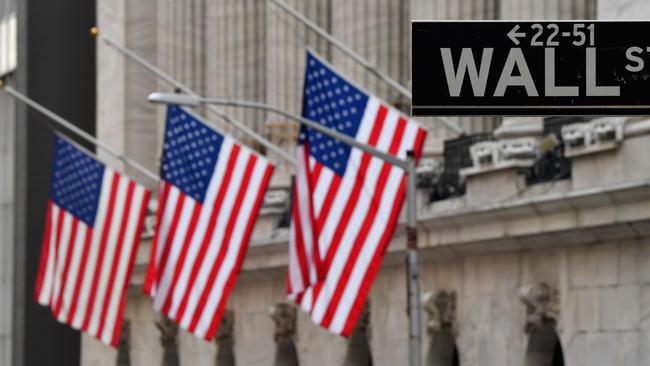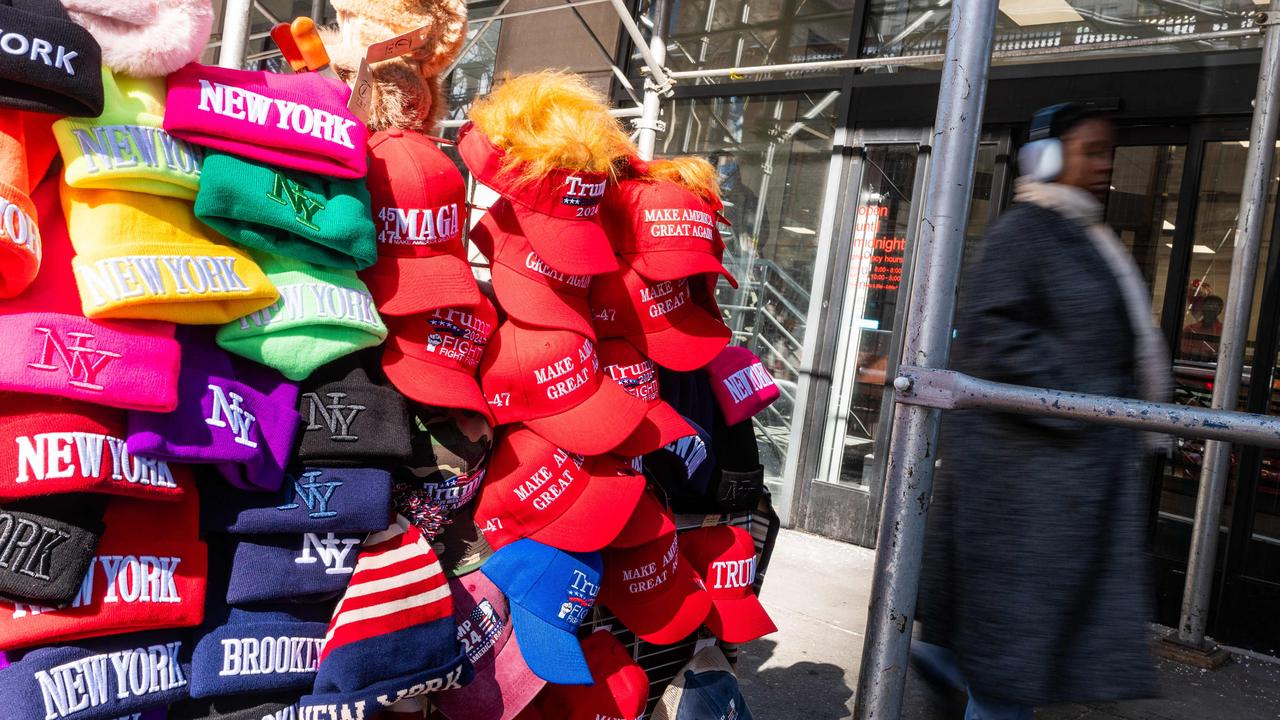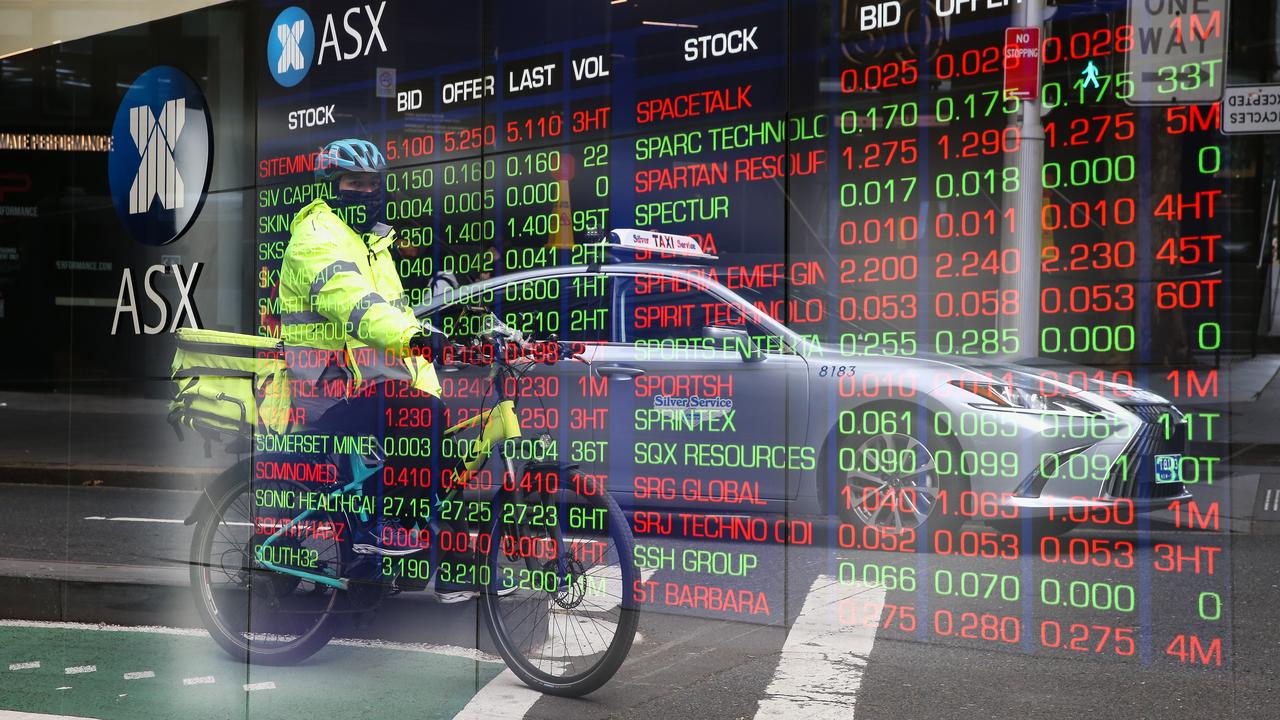
Bond yields fell and shares rose in a surprisingly positive reaction to higher-than-expected US CPI.
But with yields at multi-month highs, sharemarkets at record highs, growth and inflation rising faster than expected on Covid-19 vaccinations and economic reopening — and the Fed potentially flagging a plan in the coming months to start tapering its asset purchases — the “narrow” and “transitory” make-up of the US CPI increase shouldn’t be an ongoing bullish catalyst.
Thursday’s new record high on the S&P 500 was marginal and the increasingly positive bond-equity correlation will make some investors, like balanced funds, less keen on buying more equities because bonds won’t give the diversification benefits that they require in the event of a sharemarket sell-off.
While there was clearly some relief about the narrow make-up of the inflation increase – heavily influenced by potentially transitory factors like big increases in used car prices, air fares and auto rentals – recent multi-year highs is US bond market short positioning potentially had an impact.
And underwhelming US non-farm payrolls data the previous week bucked the trend of “rapid progress” on the economy, which Fed hawks have set as a criterion for beginning a discussion on a plan for adjusting the pace of asset purchases in upcoming meetings.
But there was also a pick-up in housing costs, and with rents accounting for 40 per cent of the core CPI, that gives some risk of a more permanent lift in inflation once the reopening spike in prices is over.
Other data have shown signs of a faster than expected and potentially sticky rise in inflation.
The University of Michigan sentiment survey was in focus overnight after the five- to 10-year inflation expectations component hit 3 per cent in May, above its post 1996 long-run average of 2.8 per cent.
Of course the Fed has until now maintained that the rise in inflation so far is “largely reflecting transitory factors” amid supply bottlenecks due to production cuts in the pandemic and consumers switching spending to goods from services and reopening leading to a rebound in some prices.
Yet commodity prices are booming, and some short-term inflation impacts may continue.
“For what it is worth, we think that core CPI inflation is overshooting macro fundamentals, such as ‘common inflation expectations’, unit labour cost inflation, and the output gap,” says Credit Suisse Australia macro strategist, Damien Boey.
“Many will be inclined therefore to believe therefore that core CPI inflation will pull back over the next year, but from what peak rate and to what new equilibrium?” he asks.
All of his more reliable leading indicators point to core inflation lingering at or above 3 per cent annualised, an uncomfortably high pace for Fed officials, and “now casting” models point to overshooting, while survey and anecdotal evidence continues to build that supply chain disruptions are not getting much better particular in global semiconductor chip availability and production.
“Even if core inflation spikes to 4-6 per cent annualised before settling down to a lesser pace, surely we are likely to see a few alarm bells set off in central banking circles, not the least because inflation is breaking out of the range seen during the inflation-targeting era?” he says.
Boey argues that while low inflation is supposed to be a secular trend that is difficult to break, it is “seemingly breaking from a technical perspective”.
In his mind there are enough central bankers concerned about self-fulfilling, high inflation via wage-price spirals to “throw a few cats among the doves”, especially given that the economy is growing so persistently above potential and that the output gap is therefore closing rapidly.
According to Morgan Stanley’s head of global asset allocation, Alexandre Ventelon, with the Federal Reserve still expected to flag a plan to taper its asset purchases, a rise in bond yields is the “biggest risk to equities and other long-duration risk assets over the next six months”.
“A sharp move in back-end rates could spread from initial weakness in the most speculative assets to the broader markets – and on a larger scale than in February and May,” he says.
“This will likely lead to heightened volatility in the second half of this year and only incremental gains are expected on most major equity markets from current levels.”
Ventelon warns of peaking rates of change regarding economic policies and fundamental data, and rising cost pressures tied to the reopening of major economies.
“Extended equity market valuations remain a concern and are likely to limit near term gains,” he says. But he remains constructive on the medium to long-term outlook for equities.
“We are relatively early in this cycle – especially outside the US – and expect policy to be broadly supportive in sustaining growth and inflation.”
“We therefore recommend short-term investors wait for a correction before adding to risk allocations.”



